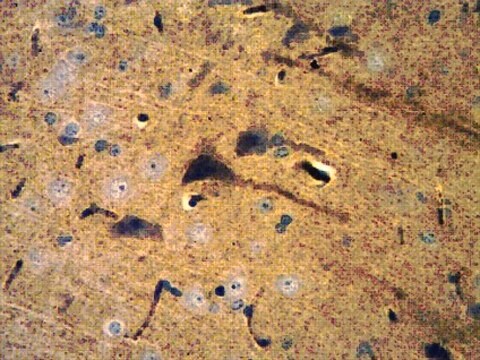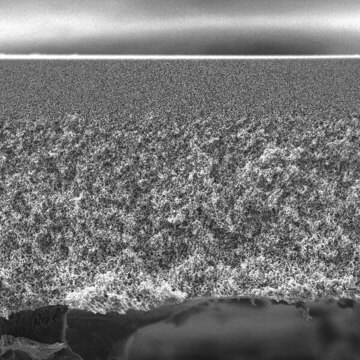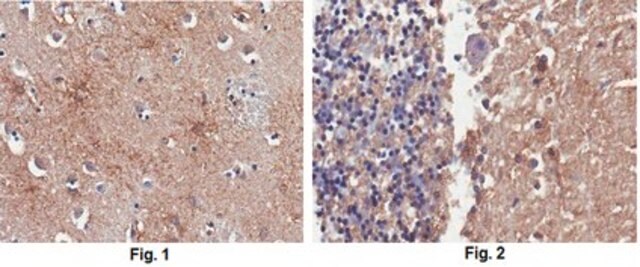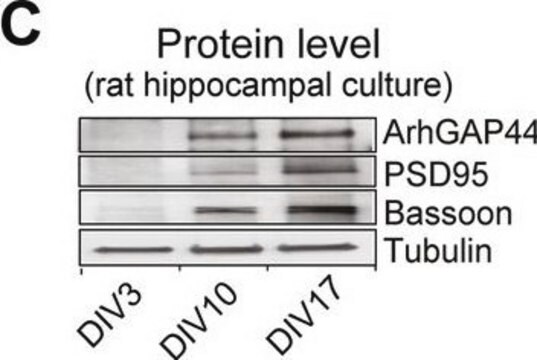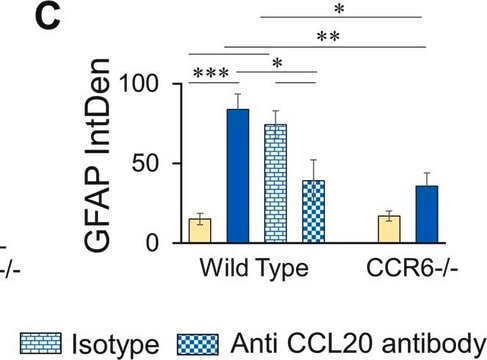MABN72
Anti-pan-MAGUK Antibody, clone K28/86
clone K28/86, from mouse
Sinónimos:
discs, large homolog 4 (Drosophila), discs large homolog 4, disks large homolog 4, Tax interaction protein 15, post-synaptic density protein 95, Postsynaptic density protein 95, Synapse-associated protein 90
About This Item
Productos recomendados
biological source
mouse
Quality Level
antibody form
purified immunoglobulin
antibody product type
primary antibodies
clone
K28/86, monoclonal
species reactivity
rat
species reactivity (predicted by homology)
human (immunogen homology), mouse (based on 100% sequence homology)
technique(s)
immunohistochemistry: suitable
immunoprecipitation (IP): suitable
western blot: suitable
isotype
IgG1λ
NCBI accession no.
UniProt accession no.
shipped in
wet ice
target post-translational modification
unmodified
Gene Information
human ... DLG4(1742)
General description
Specificity
Immunogen
Application
Immunoprecipitation Analysis: A previous lot of this antibody was successfully used by an independent laboratory in IP. (Rasband, M., et al. (2002). The Journal of Cell Biology. 159(4):663–672.)
Neuroscience
Signaling Neuroscience
Quality
Western Blot Analysis: 0.5 µg/mL of this antibody detected members of the MAGUK protein family on 10 µg of rat brain tissue lysate.
Target description
Physical form
Storage and Stability
Analysis Note
Rat brain tissue lysate
Other Notes
Disclaimer
¿No encuentra el producto adecuado?
Pruebe nuestro Herramienta de selección de productos.
Optional
Storage Class
12 - Non Combustible Liquids
wgk_germany
WGK 1
flash_point_f
Not applicable
flash_point_c
Not applicable
Certificados de análisis (COA)
Busque Certificados de análisis (COA) introduciendo el número de lote del producto. Los números de lote se encuentran en la etiqueta del producto después de las palabras «Lot» o «Batch»
¿Ya tiene este producto?
Encuentre la documentación para los productos que ha comprado recientemente en la Biblioteca de documentos.
Nuestro equipo de científicos tiene experiencia en todas las áreas de investigación: Ciencias de la vida, Ciencia de los materiales, Síntesis química, Cromatografía, Analítica y muchas otras.
Póngase en contacto con el Servicio técnico